4 Minutes
Audi revives the V6 TDI with an eco-minded hybrid twist
Audi has given its three-liter V6 TDI a modern overhaul rather than shelving the internal combustion engine entirely. The German brand introduced the updated EA897evo4 powerplant, which pairs a classic V6 diesel layout with mild-hybrid electrification and a first-for-Audi electrically driven compressor. The result: improved responsiveness, lower fuel consumption and compatibility with sustainable HVO fuels made from waste oils, including used cooking oil.
What’s new under the hood?
The basic engine architecture remains a 3.0-liter V6 diesel, but Audi integrated a 48-volt mild-hybrid system (MHEV) that combines three electrified elements: a generator, a belt-alternator starter and a lithium-iron-phosphate (LFP) battery. Crucially, Audi adds an electrically powered compressor to assist the turbocharger in a two-stage charging strategy, reducing turbo lag and delivering strong low-end torque.
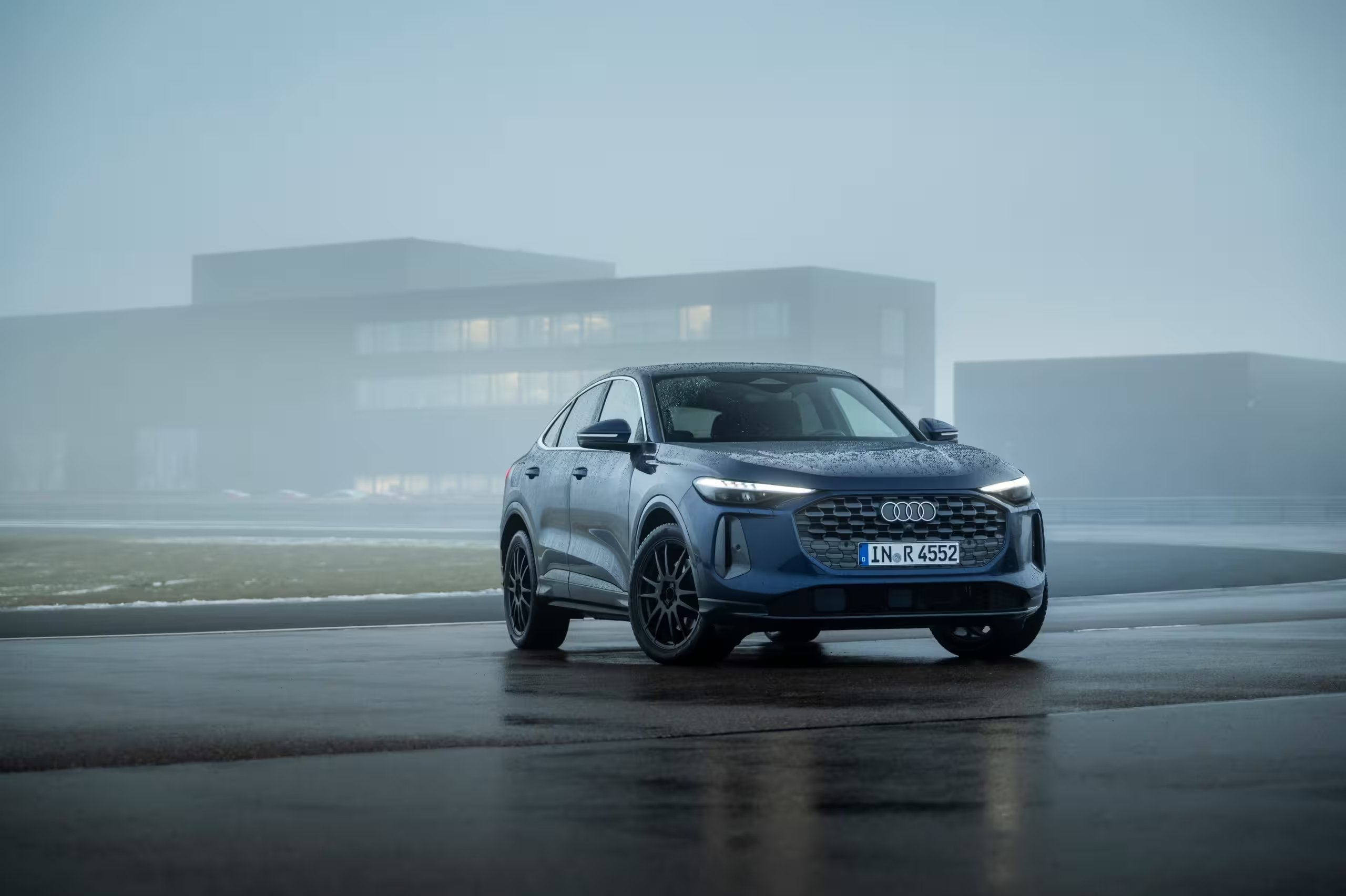
On paper the combustion unit produces 295 hp and 580 Nm of torque. The MHEV system contributes an extra 24 hp and up to 230 Nm of instantaneous torque for launches and overtakes, while regenerative braking can feed as much as 25 kW back into the battery during deceleration.
Performance and driving feel
Audi claims the EA897evo4 improves acceleration behavior — describing a tangible gain in the first couple of seconds off the line. The electrically driven compressor helps the engine pull cleanly from low rpm, letting the turbocharger work more efficiently and helping to reduce consumption on mixed driving cycles.
Highlights:
- 3.0-liter V6 TDI: 295 hp, 580 Nm
- MHEV boost: +24 hp, up to 230 Nm available briefly
- Regeneration: up to 25 kW return to the battery
- Battery: lithium-iron-phosphate (LFP)
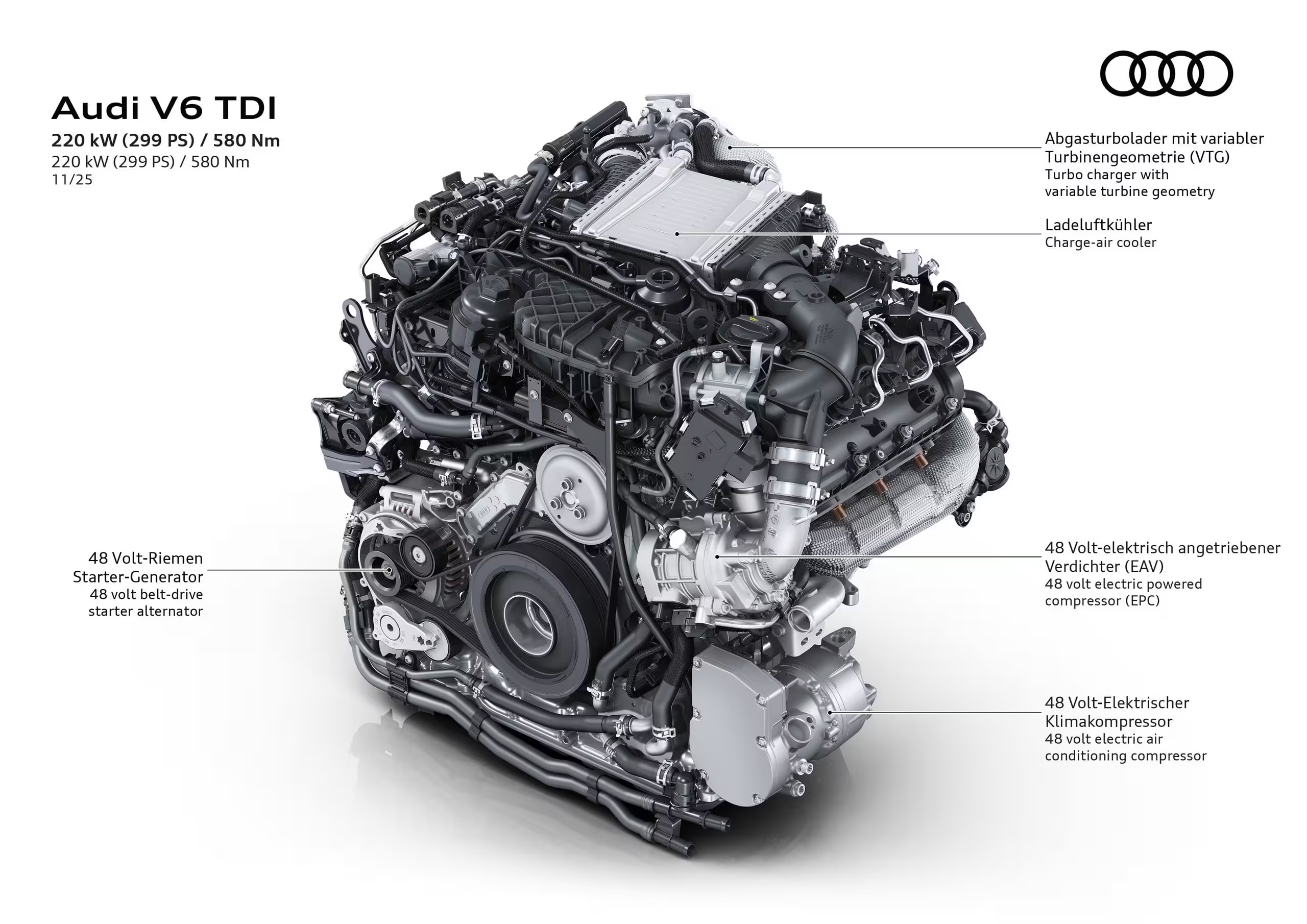
These figures position the new unit above the previous engines used in the S4, S6 and SQ5 in terms of real-world responsiveness rather than headline peak power alone.
Sustainability: HVO and reduced CO2
One of the most notable aspects is fuel flexibility. Audi engineers designed the V6 to run on standard diesel and hydrotreated vegetable oil (HVO) — a synthetic diesel produced from residual and waste materials, including used cooking oil. When sourced responsibly, HVO can reduce lifecycle CO2 emissions by an estimated 70–95 percent compared with fossil diesel.
Audi also confirms that cars leaving the Ingolstadt and Neckarsulm plants are filled with HVO, simplifying the ownership transition and supporting a lower-carbon supply chain from day one.
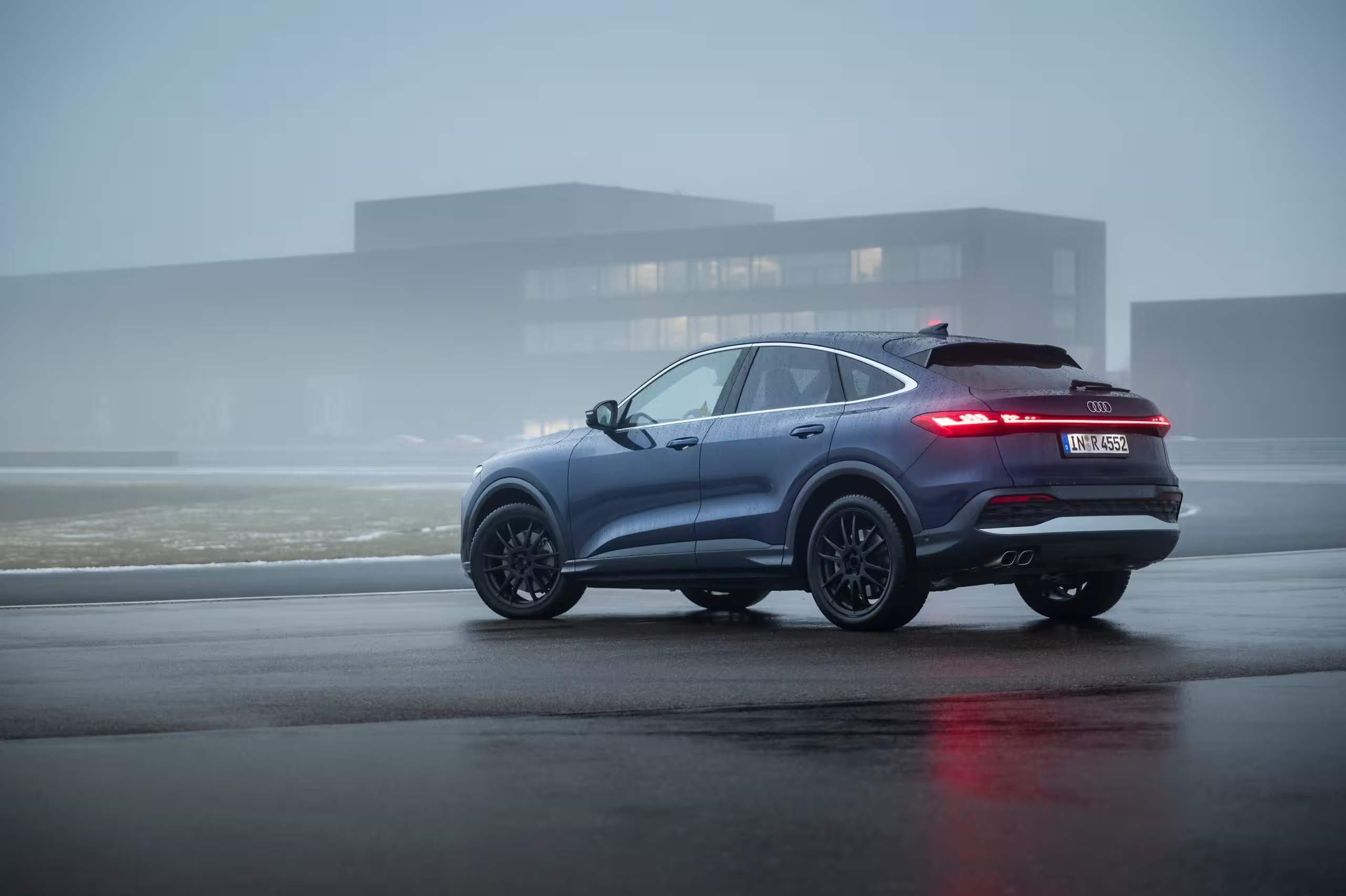
Models and market positioning
The EA897evo4 has already been fitted to the Audi Q5 and A6 line-ups and is available with Audi’s quattro all-wheel drive. Both models are open for order, with equipment levels and pricing depending on region. This move signals Audi's dual-track strategy: expanding electric models while refining combustion technology to be cleaner and more usable in regions where EV infrastructure or buyer preference still favors ICE vehicles.
Why it matters
For enthusiasts and fleet buyers who require long-range, towing capability or fast refuelling, a cleaner, more efficient diesel still makes sense. Audi’s update demonstrates that internal combustion can evolve: adding electrification and sustainable fuels reduces emissions and improves drivability without abandoning the miles and minutes that matter to many drivers.
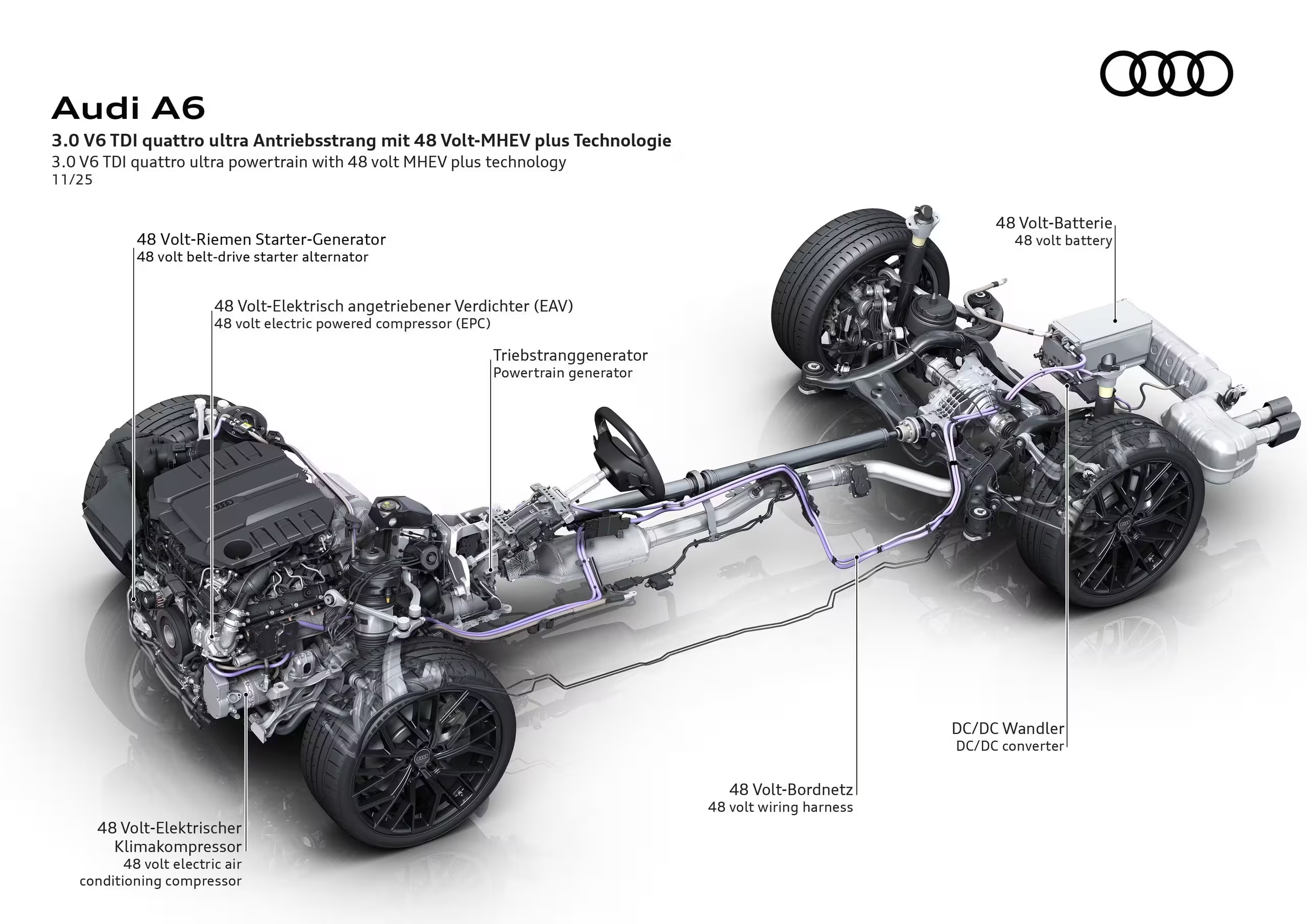
"We wanted the best of both worlds: dynamic driving and optimized consumption," Audi says of the electrically driven compressor and hybrid measures. Whether that trade-off appeals will depend on buyer priorities, local fuel availability and tightening emissions rules, but the EA897evo4 is a clear statement that diesels can still be part of a lower-carbon future.
Source: autoevolution

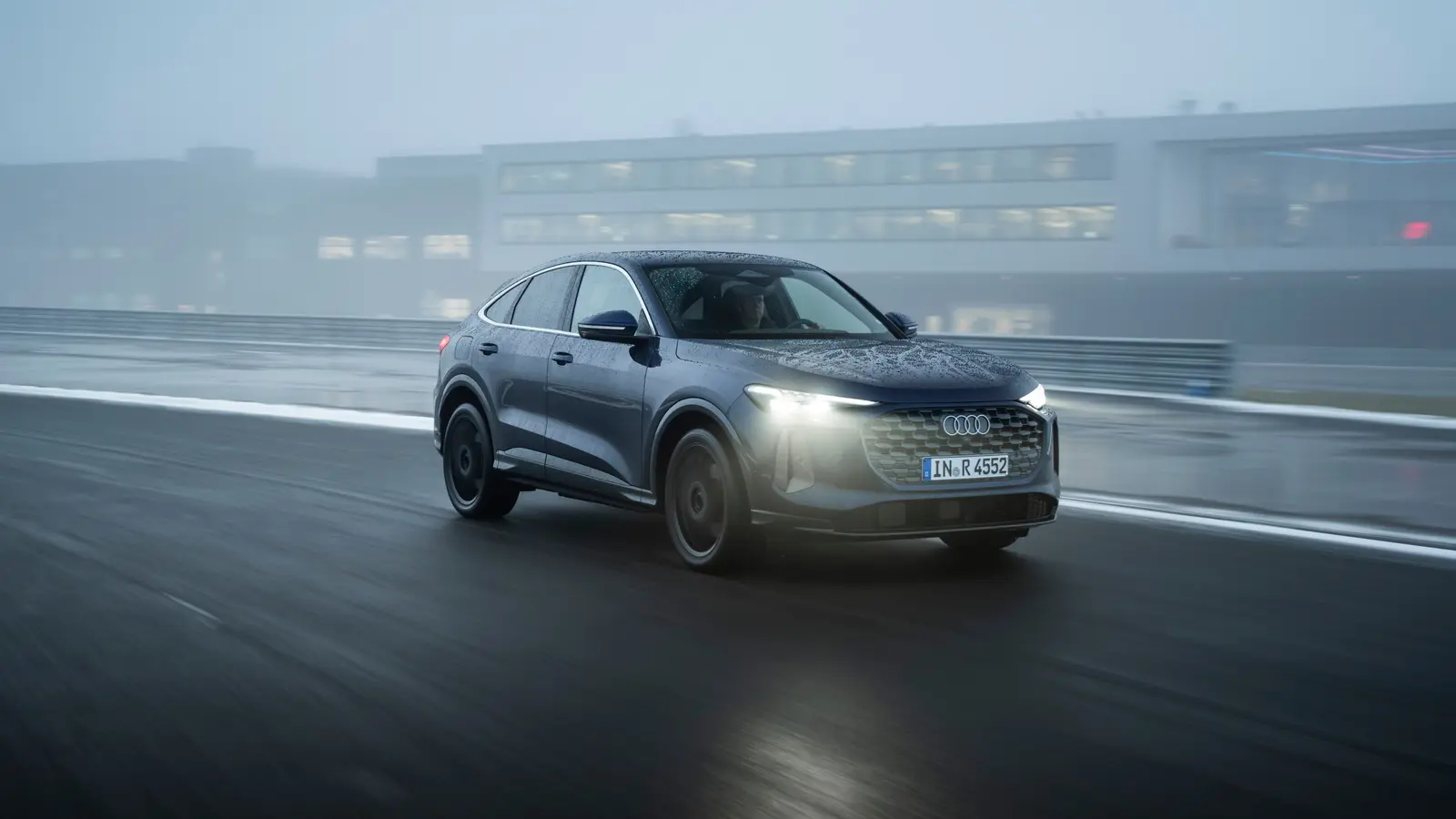
Leave a Comment